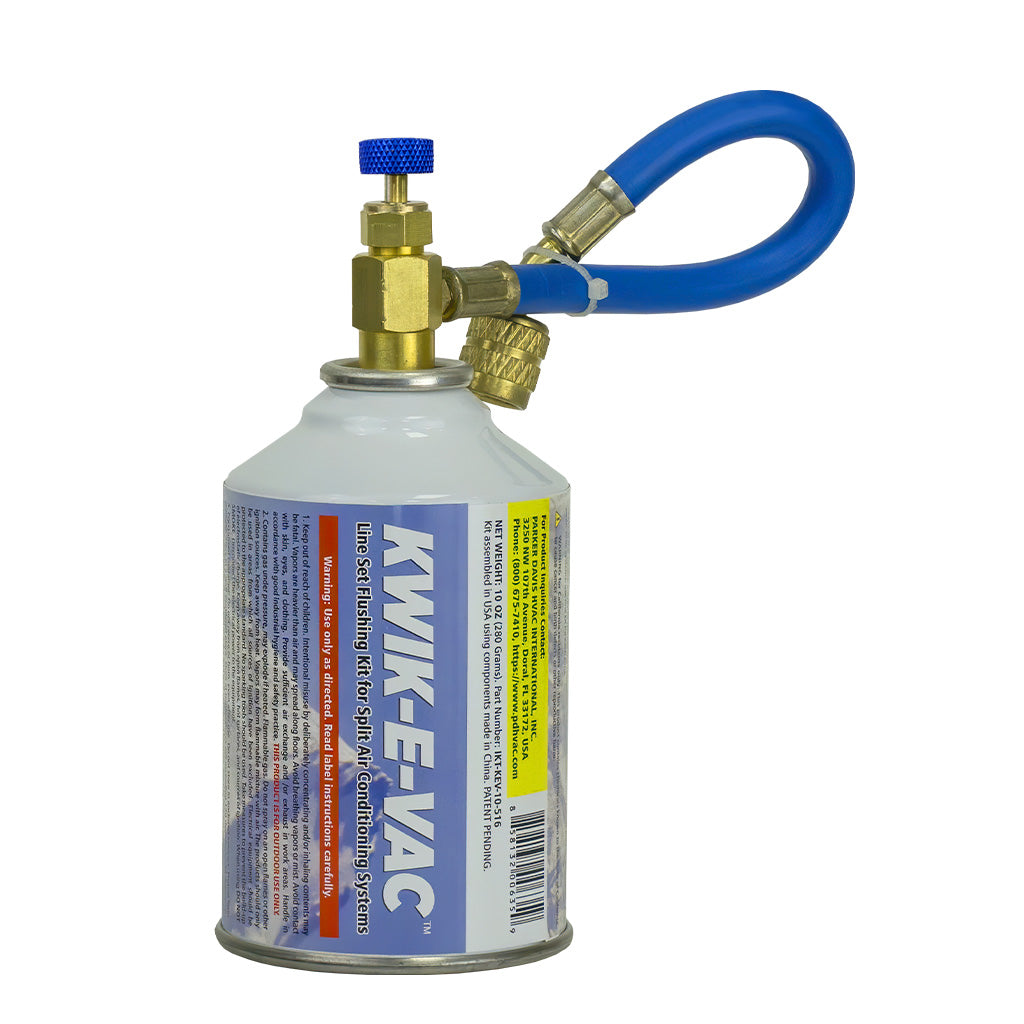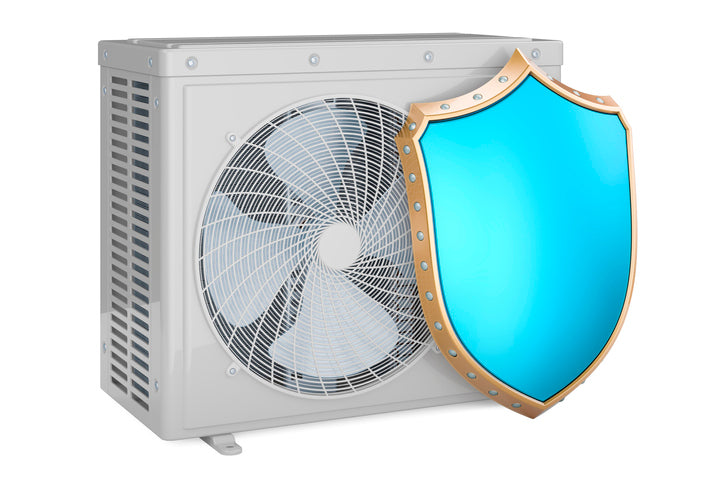Can Mini-Splits Heat and Cool an Entire House?

Having an air conditioning unit in your home or office is essential to daily life in the modern world. Functionality is something longed for even more than the unit itself. With all the name brands floating around and different options from which to choose, buying a unit can make some downright remorseful about their purchase if they still need to do their homework. Here’s where the mini-split makes its debut. You might be wondering what it has to offer. You might also ask, “Can mini splits heat and cool an entire house?” Read on to find out.
Designed To Work Together
Mini-split systems are unique in that manufacturers designed them for specific purposes that highlight what they do best. One of these purposes is that they can heat and cool small spaces well, which is ideal for smaller living quarters and apartments. However, by linking them together, you can have a powerful multi-room split system that is equally as effective and will give you everything you need to customize your comfort. Even in a larger home, you don’t need a unit for every room, which is thrilling in terms of cost.
Depending on your home’s square footage, you might need two or three units at most. In most cases, two to three units will be enough to heat and cool your entire home efficiently. If not, add more units throughout the home until it is sufficiently warm or cool. Though it may seem like a lot, these units are still less costly than their traditional counterparts. Mini-split systems will also require less maintenance over time.
More Energy-Friendly Than Traditional Units
Manufacturers built these systems to harness a limited amount of power to get the job done, which is why they are so energy friendly. Unlike traditional air conditioning units, mini-split systems work in a more direct fashion. They pull the air in from the outside, cool or warm it to your desired temperature, and push it into the individual rooms they are hooked up to, and that’s it. Now, due to their simplicity, they have strengths and weaknesses, but their reviews are mostly positive. Because they work so effortlessly, they tend not to use much energy at all, meaning less money is spent on energy usage at the end of the month.
No Ductwork Needed
Unlike traditional units, manufacturers designed mini-split systems to work around duct systems as they are completely ductless. Traditional air conditioning units generate a lot of power to cool massive amounts of air all at once. The reasoning behind this is that the amount of air needed to push inside the home must accommodate the entire house and the ductwork. Without filling the ducts with cold air, pressure cannot build up, and the air won’t get to its destination. No pressure build-up means the unit must blow exceptionally hard with a high output for it to function correctly. This increased output can lead to a whole host of problems. With these issues in mind, manufacturers built mini-split systems to function properly without the need for ductwork, effectively replacing any necessary ductwork repair with general repair on the unit due to normal wear and tear. These mini-split systems are so efficient that they will likely outlast any traditional unit.
Very Low Noise Level
When the air conditioner comes on via a traditional unit, you know it. And depending on what part of your home the unit is in will determine how much you notice its presence. Mini-split systems don’t have that problem, even when pushed to the max to cool an entire home. So, as an added perk, even under pressure, these units still perform as well as full-sized units—and they do so quietly. If you had to choose between a noisy, energy-guzzling machine and a quiet, energy-efficient machine to heat and cool your home, which would you choose? Most likely, the quiet machine. A quieter machine also means it works well under stress, making it longer lasting.
Placement Can Make or Break It
While many people enjoy the design of a mini-split unit, it is this design that also causes it to either succeed or fail. For example, if you choose to place the unit in a tight-fitting area for a more sleek and modern look, you are unintentionally setting the unit up for failure. The issue with this setup isn’t that it can’t take tight corners; it’s that proper ventilation must be present. The fan connecting to the blower must harness air to work properly. Otherwise, it will cause stress on the unit, potentially damaging it. So, ensure you place the units in well-ventilated areas before securing them in your home. For this same reason, debris can be a huge issue, so if you live in an environment where many trees or bushes shed leaves frequently, know that you will need to keep the area clean as often as possible if you want it to operate long-term.
Existing Ducts Can Increase the Cost
Whether your home has an actively functioning ductwork system can make or break the efficiency of having a mini-split system installed in your home. These systems aren’t made to use ductwork, as that would require them to work much harder for the same result. What would have to happen would be the deconstruction and remodeling of the home, which could cost some serious money. However, you would get back much more in time due to all the savings that you would receive. Plus, you won’t have any ducts to worry about. With a new mini-split system in place, you might only need one or two units total, which would effectively address your air conditioning needs at a fraction of what it would cost to run a traditional unit.
Under the right conditions, mini-split systems can heat and cool an entire house. You should be in good shape if you understand how the unit works. And you can harness more power for less by connecting multiple units. Just remember to follow the conditions detailed in this piece and the manufacturer’s instructions to get the most out of your new system. Still have questions? Contact a member of our team today; we’re happy to help!









